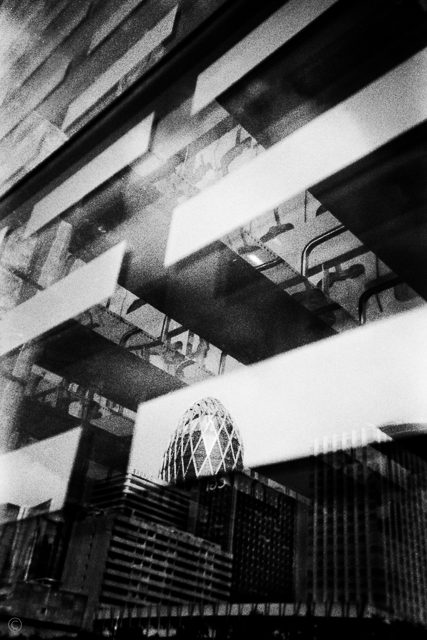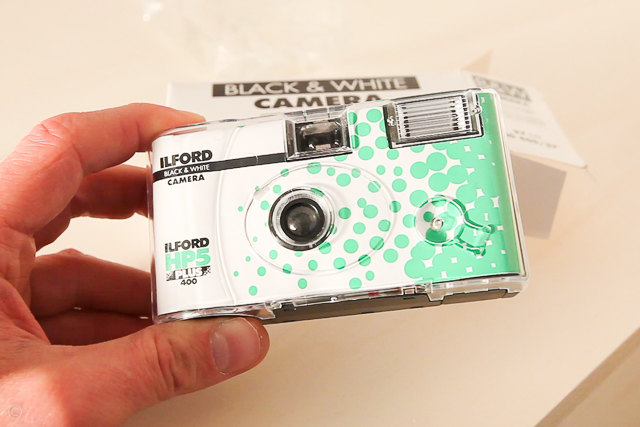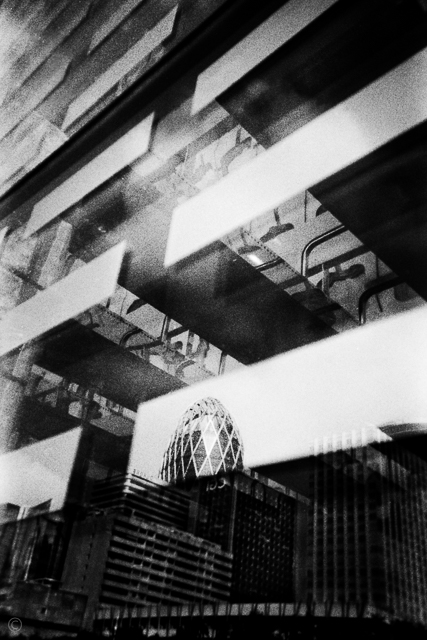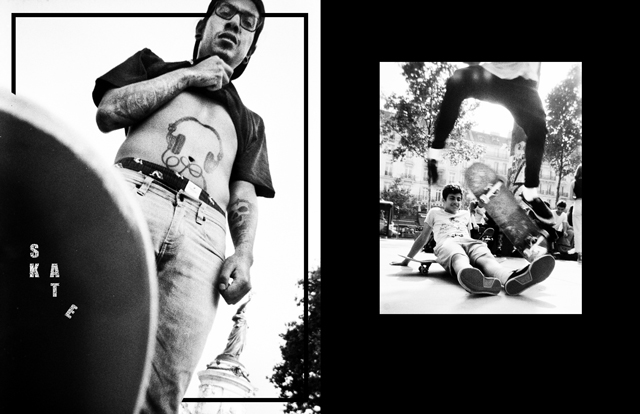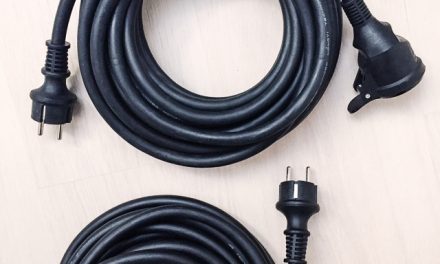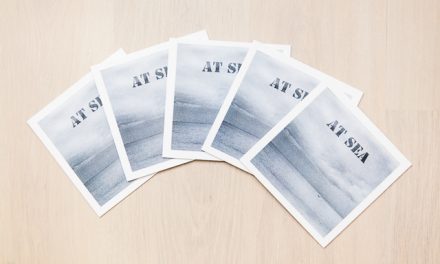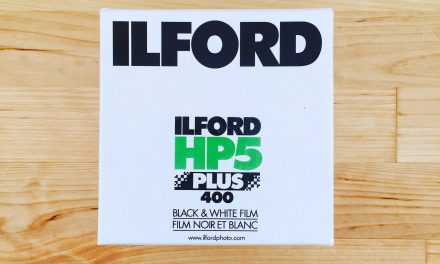A single use camera? Why?
For a lot of reasons! Among which this one: single use cameras are a good way to take a break and put your brain at rest when feeling too annoyed by the technical side of image making. With these little boxes photography is reduced to its bare bones: framing followed by the ever so infamous glorious act of: the push of a button!
Well it’s all good, but to relax one’s mind on a black and white drift it’s not so simple as all (well most) single use cameras use color film. Fortunately Ilford had a thought for us black and white aficonados. They produced two models one loeaded with HP5 and the other with XP2, a chromogenic black and white film i.e. a film that can be developed using standard color processing(*).
Apart from thick and black thunderstorm skies as for light source the negatives are well exposed and very usable, a real pleasure. The framing is not the most accurate but it’s enough for exploriong framing ideas. Ideal to have fun!
Obviously, as expected with such a basic lens in back light situations the light drools or creeps in the shadows very easily. It does “flare” as we say, but it doesn’t take away anything from the image really (trees and trousers on the right frame). And Even if one must keep his distances for portraits (2 meters) to avoid the “(f)artistic blur”, nothing prevents giving it a try. That said it would certainly be preferable to go for an environmental portrait (unlike the left hand frame herebelow).
On the other hand one can have a lot more fun with action shots as the shutter speed of ~1/100 sec. is ideal to retain some movement without making it unreadable (right hand frame hereabove).
For darker situations the camera built it flash will come in handy. Personally I don’t use much, if not at all, direct flash lighting…
(*) Very convenient for commercial labs that use an automated color/C41 process. This then is cheaper than a black and white processing in most of the labs. But here (XP2) dyes are forming the negative image. Whereas for classic black and white film (HP5) metallic silver is what forms the image.

